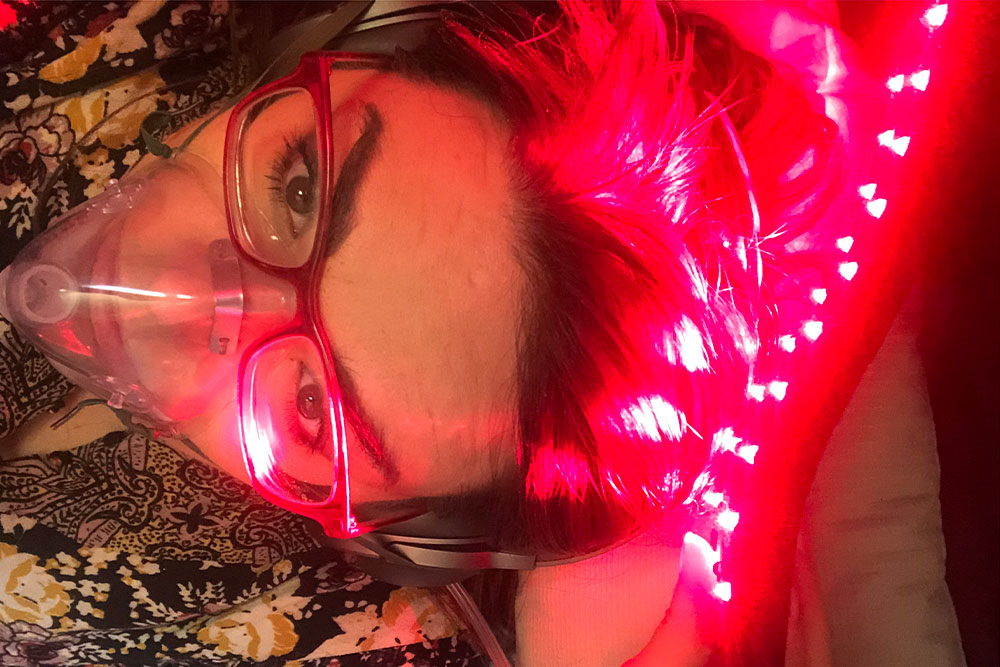Red-light therapy combines near-infrared (NIR) and deep-red light exposed to the skin towards improving mitochondrial function and increasing the body’s natural antioxidant system. The most crucial bioactive effects of NIR/red-light therapy in humans include increased energy production, decreased inflammation, and enhancing the cell defense systems to increase resiliency in the body.
To dismiss light therapy as “alternative” and unlikely to impact human physiology and function is assuredly naïve given the undisputed importance of vitamin D production from sunlight (UV light). Indeed, other types of light have bioactive effects on the body e.g. deep-red and near-infrared light (i.e. low-level-light-therapy, cold-laser, or photobiomodulation).



